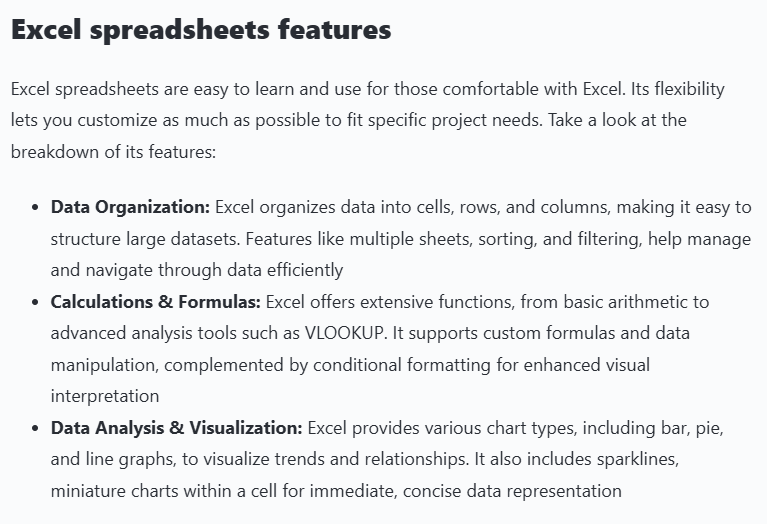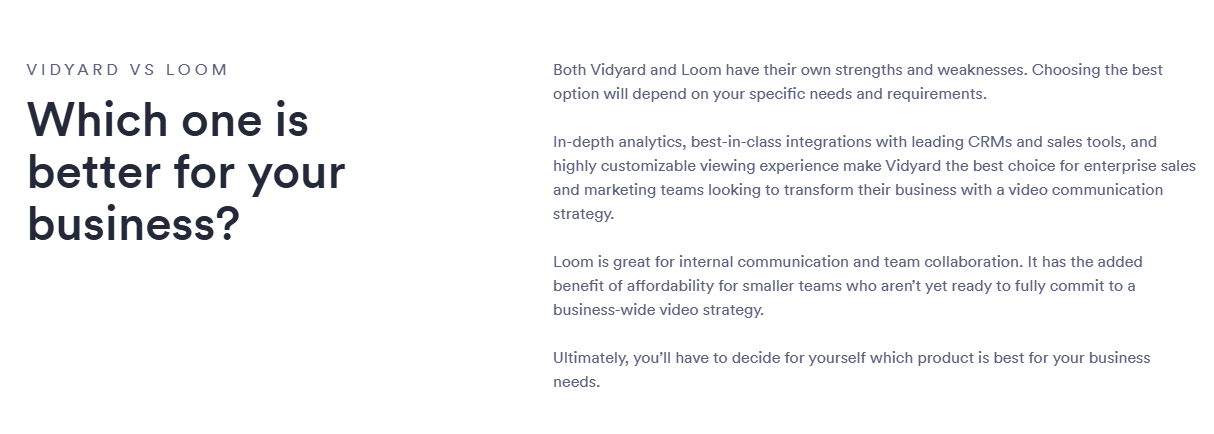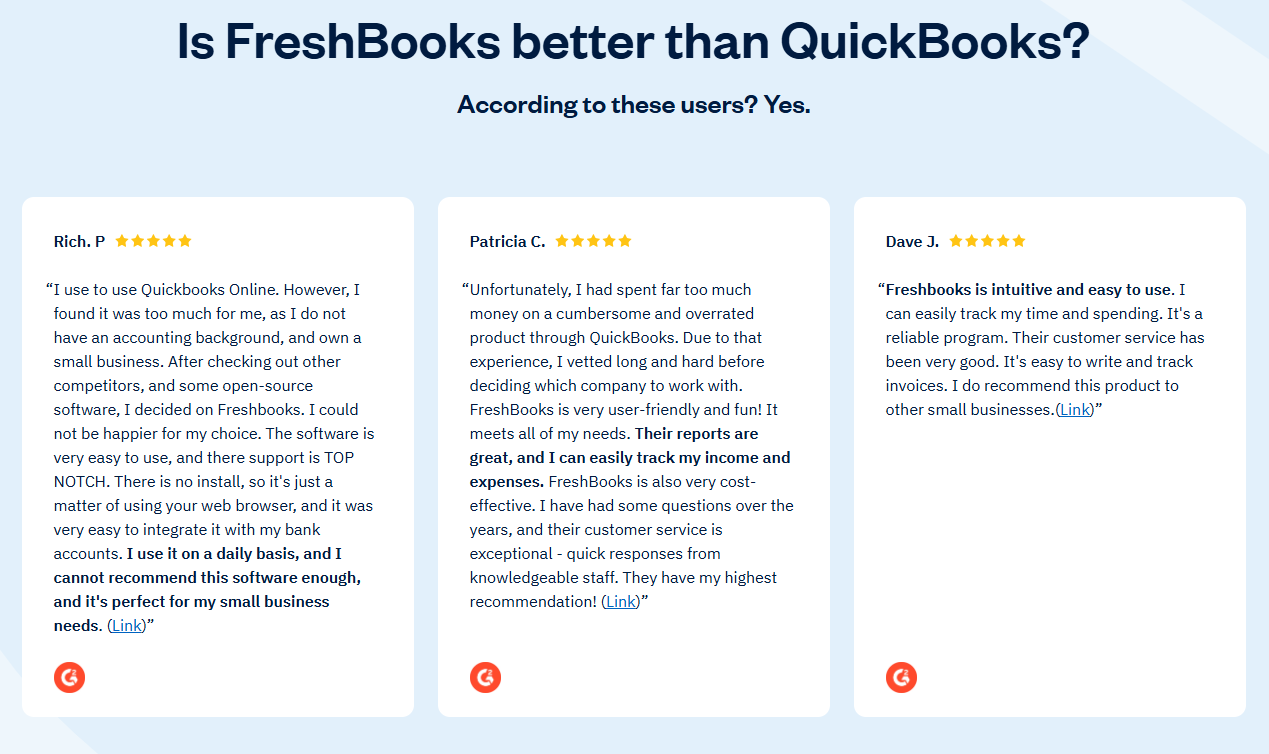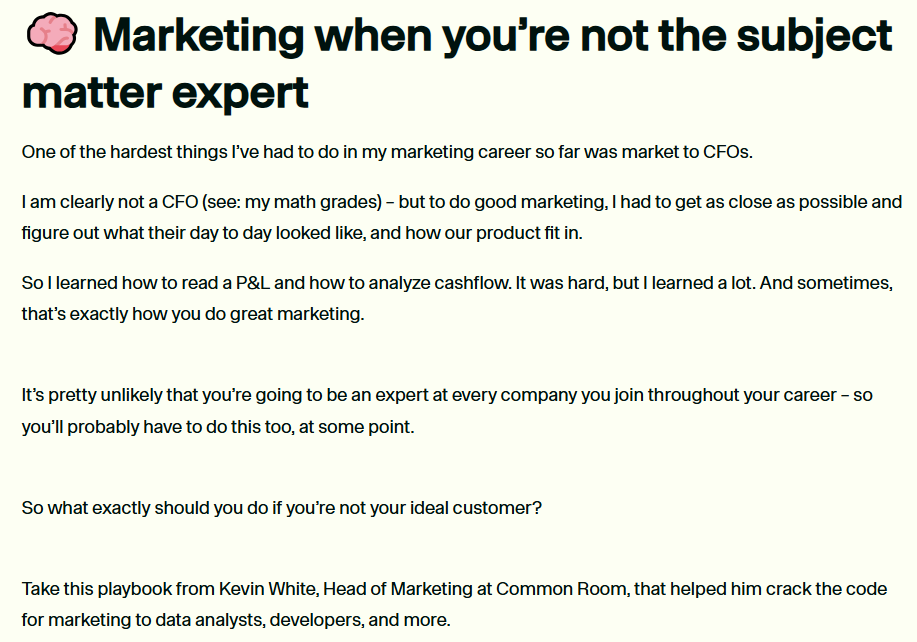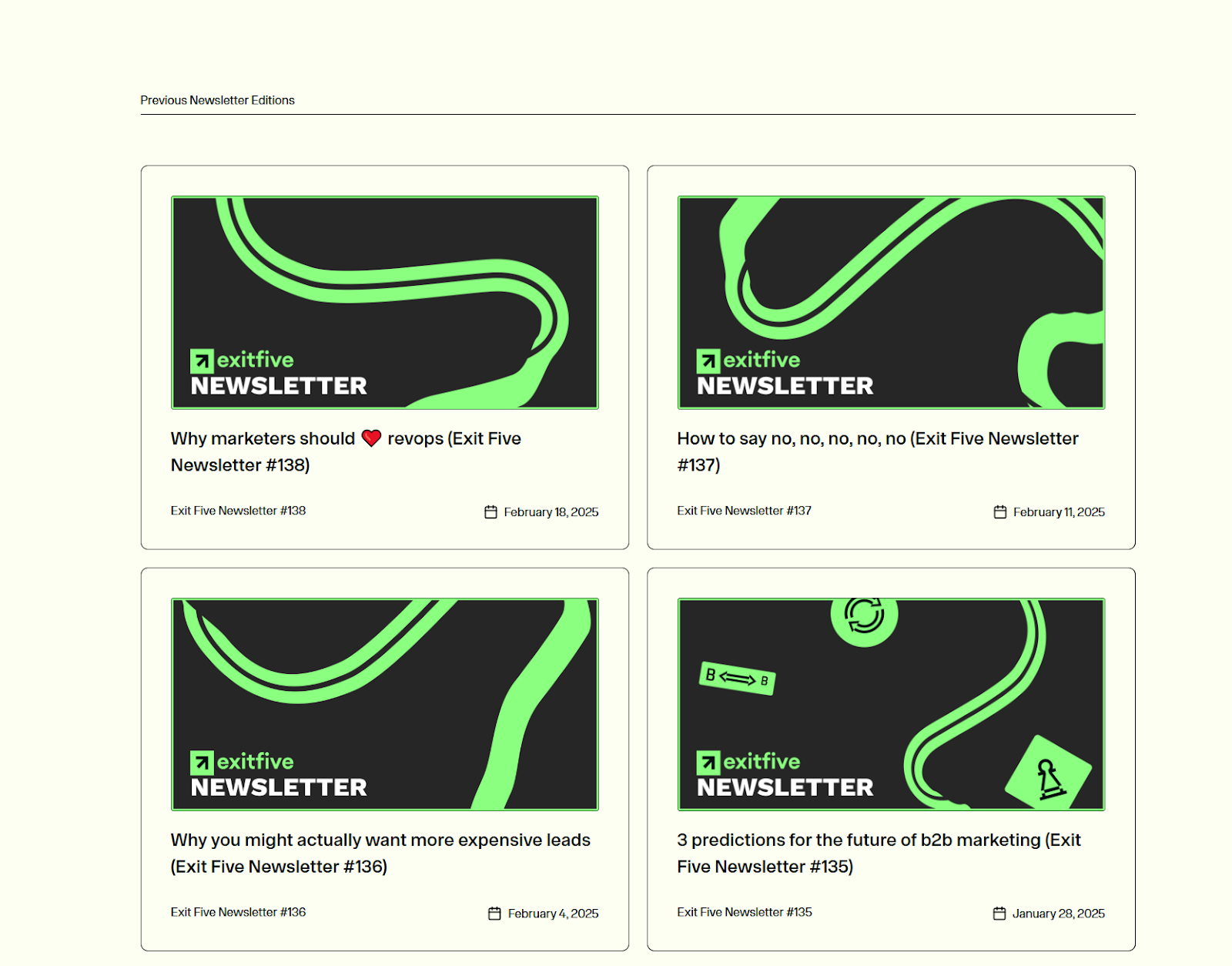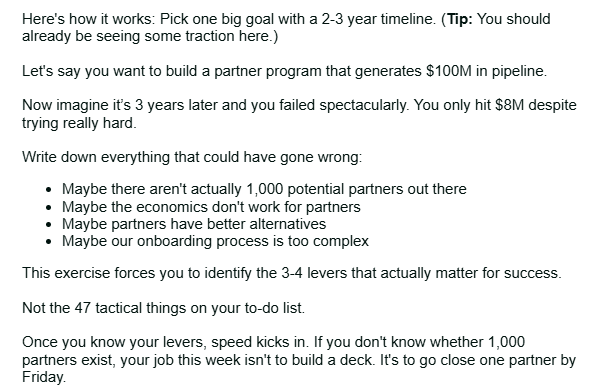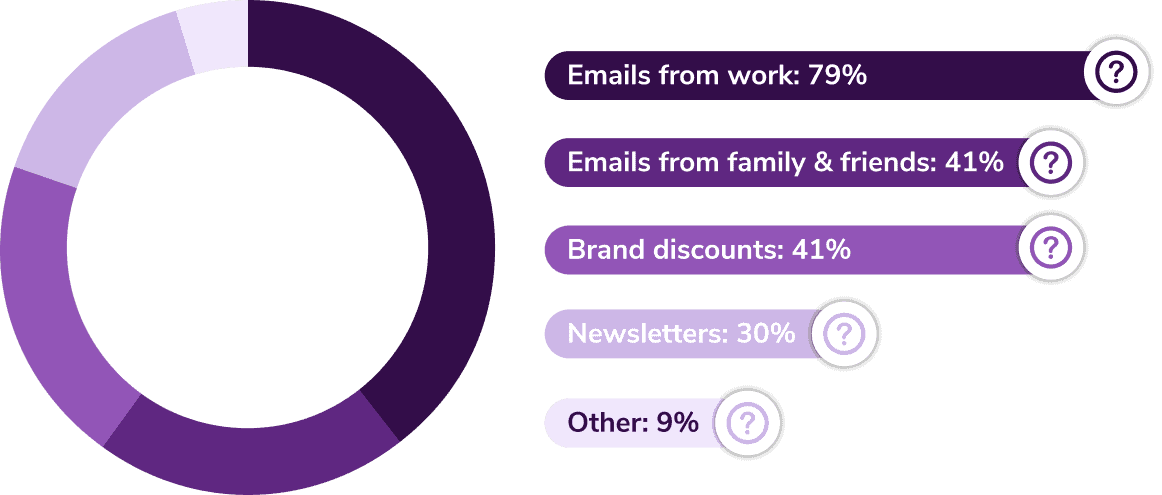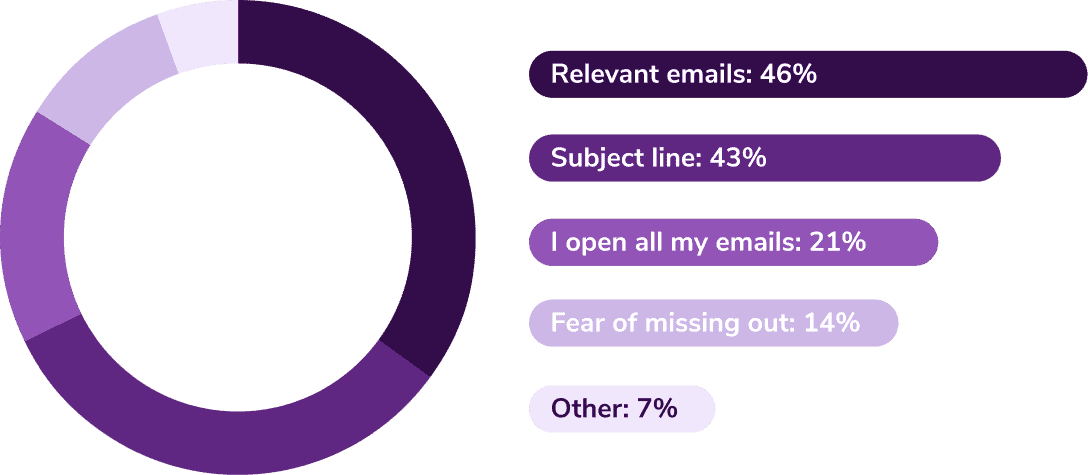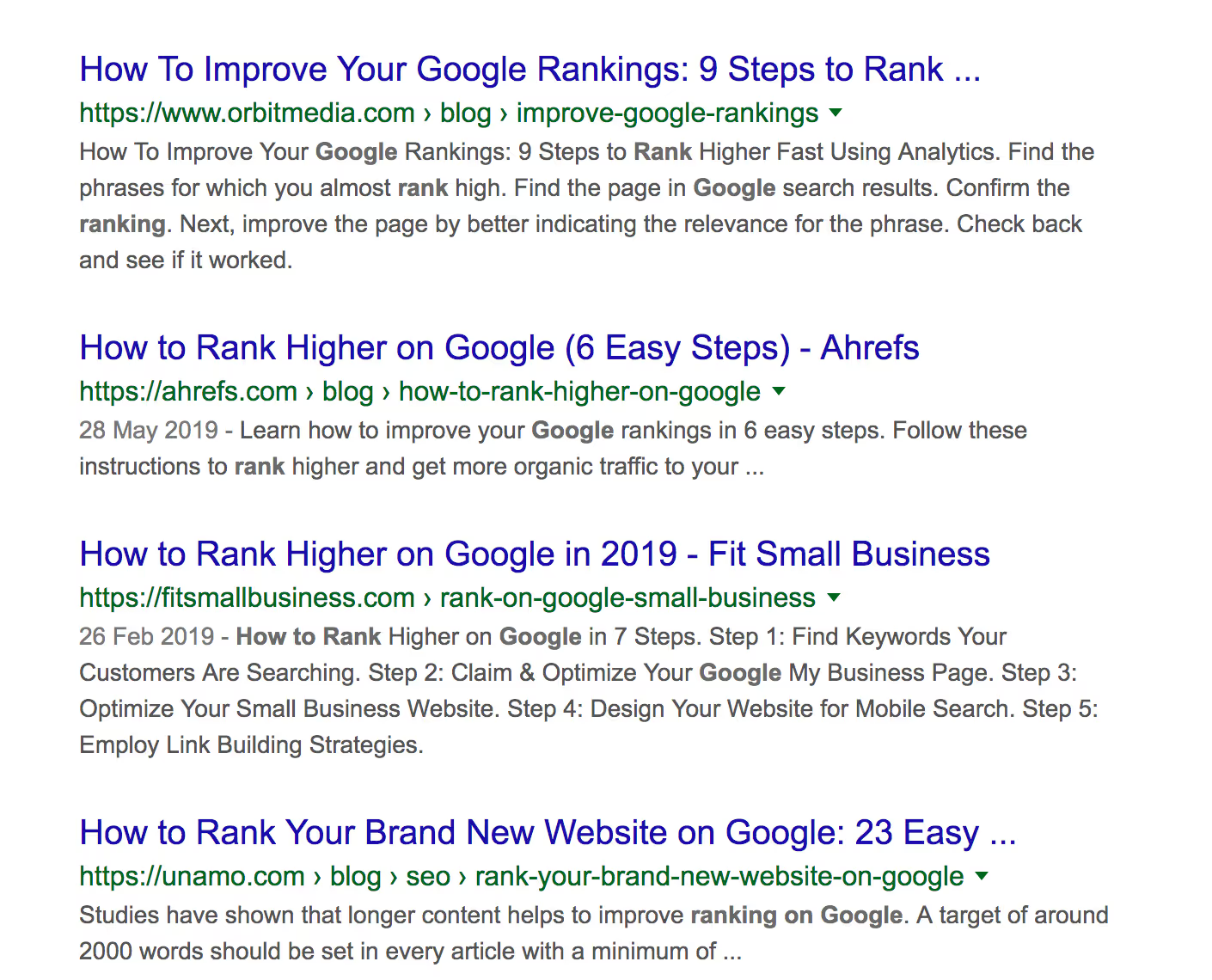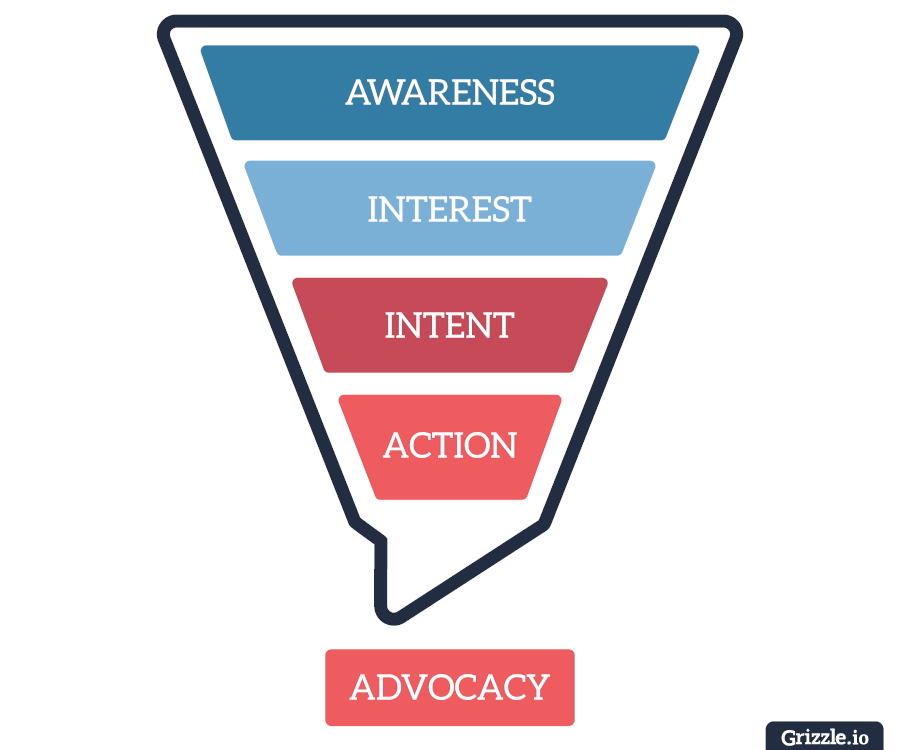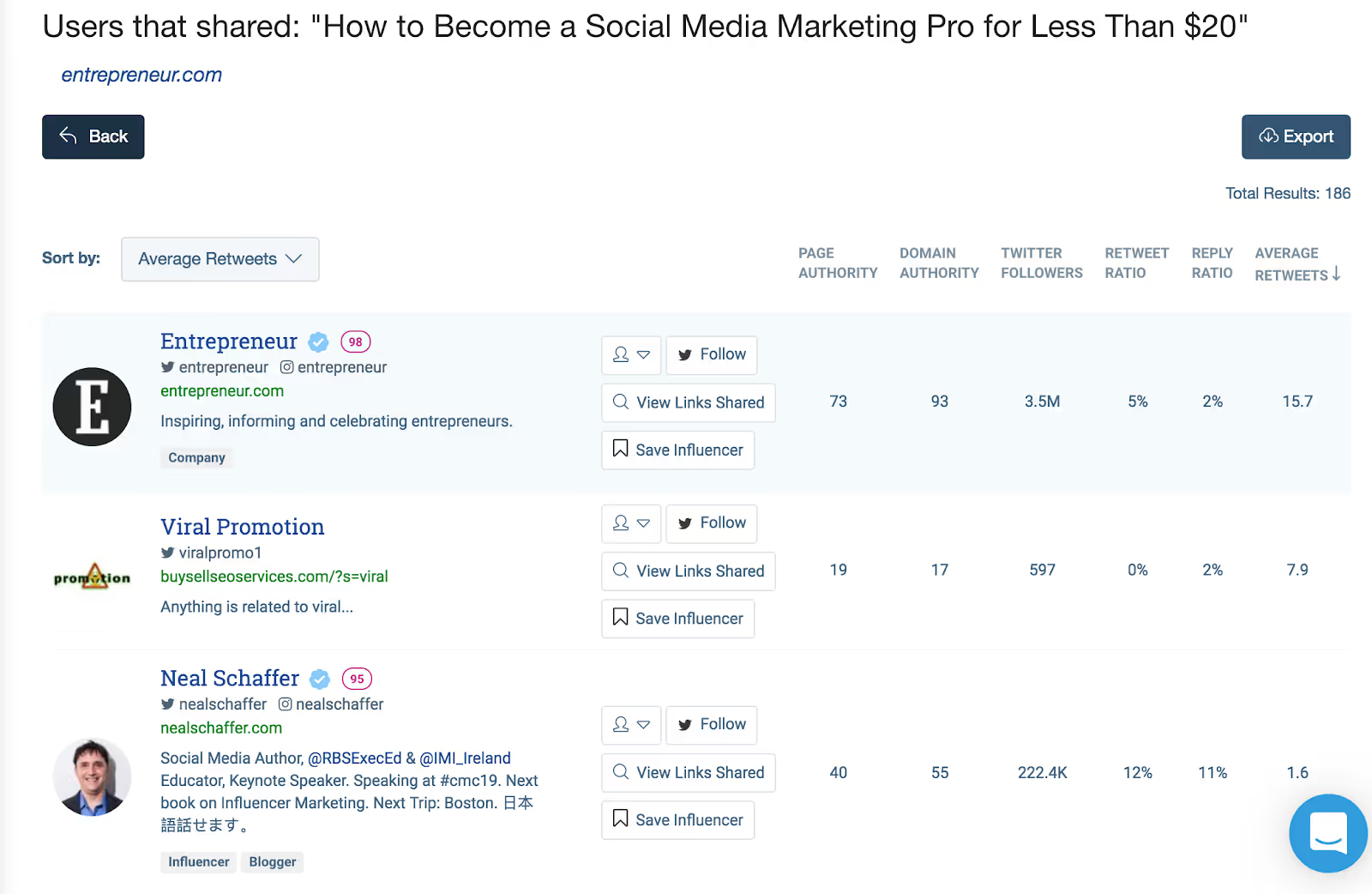Done right, you can build an engaged audience of loyal fans and customers. The trick is to:
- Post valuable content consistently—both single tweets and threads
- Interact with your audience in the comments, rather than scheduling posts and walking away
This strategy will help you build an audience and brand awareness at speed while attracting new leads and users who have problems you can solve.
Here’s why investing in your Twitter presence is effective for growth and lead generation, and how to write content that generates reach, engagement, and leads.
Why Twitter is an audience and revenue-generating machine
When you build a community around your brand (both business and personal), your credibility compounds and improves your brand equity because people see you as a human rather than a faceless entity.
This awareness helps you attract fans that are eager to pay attention to what you have to say because your content resonates with them.
As you consistently provide helpful content, you’ll build authority and credibility—just like you would from any other content marketing channel.
The key is to stop thinking of Twitter as a repurposing platform and start thinking about it as a channel to create original content. It’s a content platform with its own ecosystem and search engine. It’s more than a digital billboard for your latest article, event, or announcement—a mindset that severely undermines its potential for attracting your audience.
You wouldn’t post a blog that says “We wrote a new thread on quality content so go check it out on Twitter” with a link. Yet, that’s exactly what some businesses use Twitter to do. This strategy doesn’t work because it’s outdated, cumbersome, and neglects how people want to digest information on the platform.
Users want content served to them directly on the platforms they’re logged into. Non-native content disrupts the intended user experience and breaks a pattern. Unless given a compelling reason to click away, they want platform-specific content.
Amanda Natividad, VP of Marketing at SparkToro, coined the term zero-click content to describe that, now more than ever, people crave in-platform content without needing to interrupt their consumption habits.
SparkToro’s data (as well as our own) show that platforms and algorithms favor in-platform content:
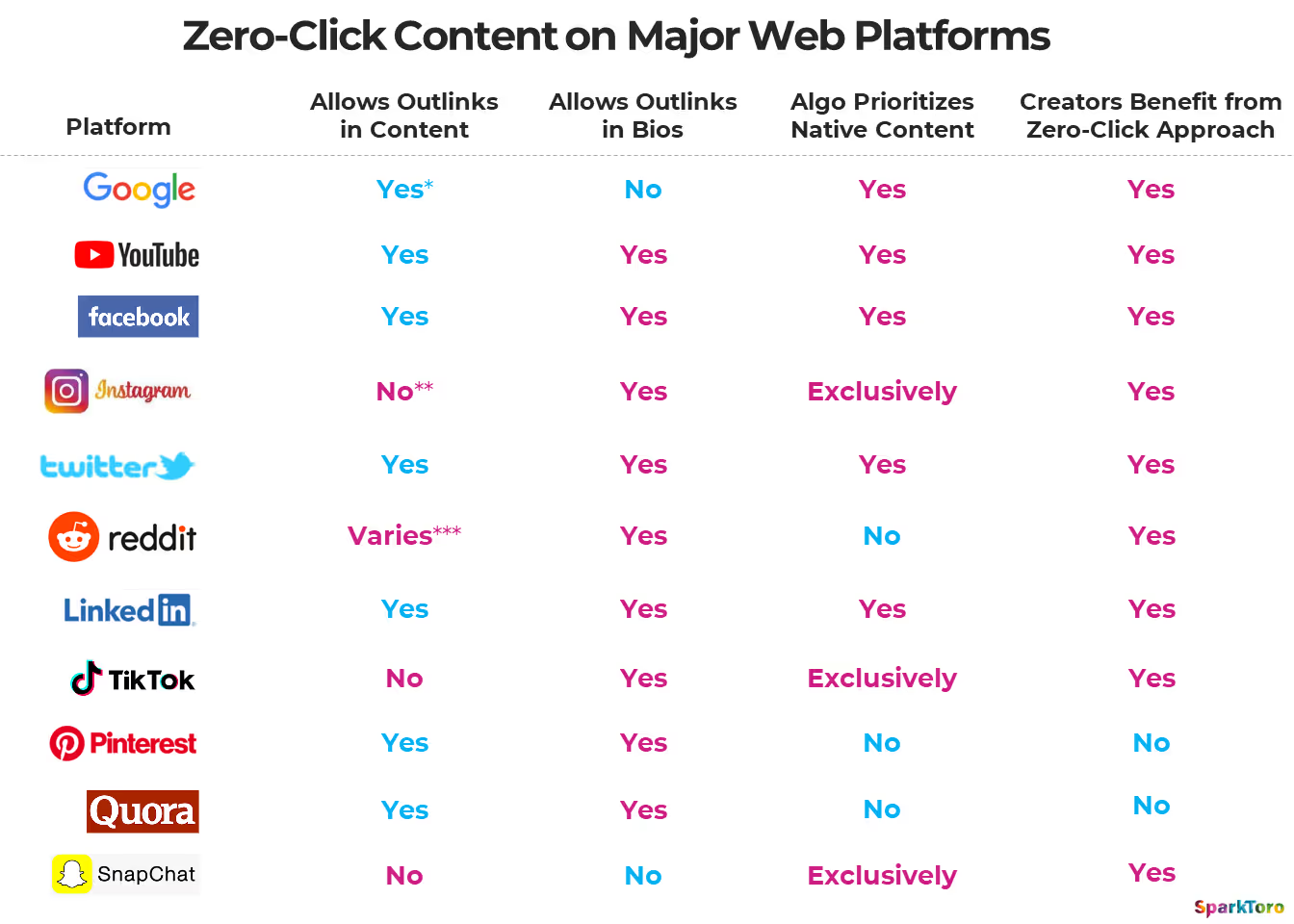
It’s obvious why algorithms prefer it; they want to keep people on their platforms.
But people also expressly favor high-quality native content because it allows them to:
- Engage with brands where they already are (clicking away can feel cumbersome)
- Experience non-intrusive messaging (CTAs and external links can feel out of place)
- Actually read what’s put in front of them (links are often overlooked or not read)
On that last point, the data is fascinating. A study from Columbia University found that 59% of social media links shared by news domains aren’t clicked on at all.
Furthermore, HubSpot looked at 2.7 million link-containing tweets and found that there is no correlation between retweets and clicks. This means that people will retweet something without even reading it, which aligns with the Columbia findings.
The data makes our jobs as marketers seem bleak, but that's only true if you treat Twitter like a place to simply distribute content. When you tack a link onto the tail end of platform-specific content it will only drive traffic if:
- You’ve spent time sharing native content without links and built an engaged audience on the platform
- You do it sparingly (the 80/20 rule is a good true north for articles)
Not all links are created equal, so the 80/20 rule doesn’t always apply. A link to a blog post is different from a link to a newsletter signup form, for example. The former requires a decent time commitment while the latter is a quick action.
As such, newsletter CTAs or forms can be tacked onto most posts, preferably a few hours after you share them. This works to:
- Bring your post to the top of people’s feeds again (additional tweets in a thread can trigger the algorithm to ‘reshare’ it)
- Provide a key window of time for native-only content to be consumed
For example, I created native content almost exclusively in my first four months on Twitter and grew my audience from ~500 to ~14k.
Because of this, by the time I promoted an article, people were eager to not only click but spend time reading it. In 24 hours, we generated::
- 233 pageviews
- 214 unique pageviews
- 4:48 average time on page
My goal was to build my credibility to a point where people believed me when I said “read this: it's worth your time.” This experiment proved successful and my links now generate clicks, leads, and new clients.
Both threads and single tweets are critical to growth
Single tweets are important and should be incorporated into your content strategy. But love them or hate them, threads tend to have a bigger reach (and impact).
Use threads to expand organic reach
Check out the difference in impressions between a single tweet of mine vs. a thread with only 100 more likes (the higher the like count, the less impactful differences of hundreds become):
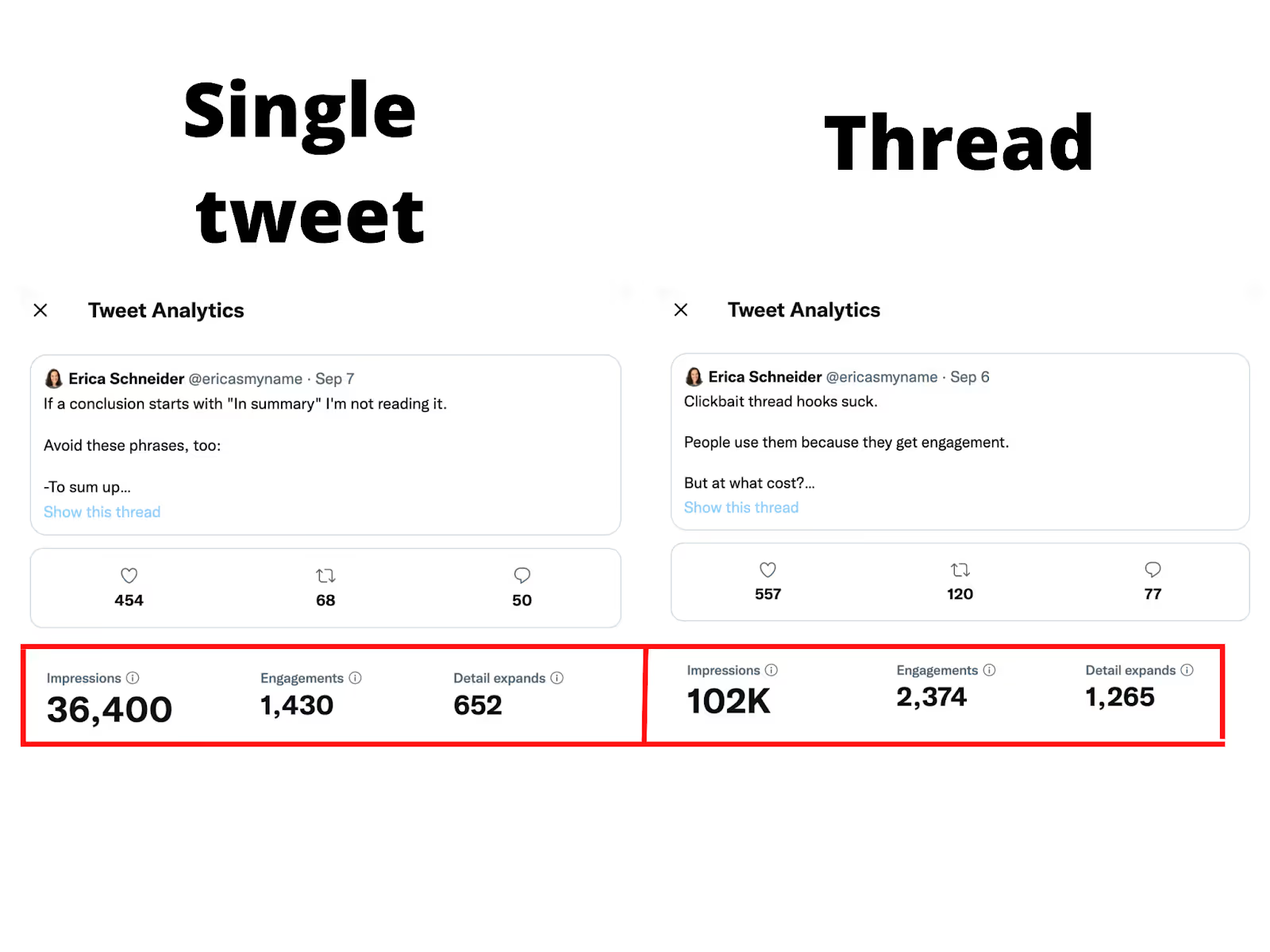
These were posted one day apart, which means I was reaching a similar audience.
While the thread only got 100 more likes, it received ~65,000 more impressions, was shared ~2x more times, and got ~2x more engagement.
Threads generally perform better because they’re educational in nature and help people solve problems. Whether you’re teaching people how to do something or telling a story of success or failure, your audience is learning as they read and taking notes on how to apply the tips to their own circumstances.
Because of this, your audience will likely be more engaged and keen to retweet and share with their network. Twitter rewards engagement (i.e. comments and retweets), meaning reach compounds.
Think of threads like long-form articles for Twitter, written with a blend of copywriting and content writing styles.
Let’s return to the thread I mentioned earlier that linked to our Quality Content Marketing Matters article at the end and break down why it was successful.
Here are the analytics:

Over 100k impressions and 2k+ engagements is a great result and led directly to that spike in pageviews and time on page referenced above.
I repromoted the same article a few days later in a single tweet with a link and it got 100+ likes but generated nearly 100K fewer impressions than the thread:

The thread drove more engagement, and more readers to my article, generated several leads, and expanded my personal (and subsequently Grizzle’s) brand awareness.
Use single tweets to bolster engagement and show your personality
As for single tweet formats, quick tips, pieces of expertise, or questions to your audience can drum up tons of engagement even if the reach isn’t always as impressive.
For example, this single tweet asking a question about writing and editing sitting vs. standing got ~14k impressions and generated 67 comments:
And this tweet listing my article writing process (that ended with a question to inspire engagement) drummed up over 1,000 likes and 60+ comments:
We recommend replying to most comments because it shows your audience that you’re a real person and not some unreachable entity.
This is key for both personal and business brands: when you engage and respond, you personalize the experience and build deeper connections. The deeper your connections, the more loyal your audience will be.
Critically, they’ll also feel more motivated to learn about the business you run or represent and consider becoming a customer. Meaningful connections through personal interactions build trust, and Twitter is a touchpoint along the customer journey (both before and after an initial purchase).
The more valued people feel, the more likely they are to add you to the consideration set and feel motivated to explore a purchase. As long as you’re delivering value, consistently publishing tweets and threads will generate awareness, leads, and new business.
As for a posting cadence, we recommend the following:
- 2x threads a week to teach and bolster engagement
- At least 2x single tweets a day to remain consistent and please the algorithm (which rewards daily activity)
Note that if you do miss a day or two you’ll be fine. Quality wins over quantity, and we’ve not seen notable drops in engagement because of it.
How to write valuable Twitter posts that build compounding credibility
Twitter content isn’t the same as blog articles, emails, landing pages, or ebooks. It’s also not the same as other social platforms like LinkedIn or Instagram.
You only have 280 characters to work with, so it’s uniquely concise and people scroll and skim at lightning paces.
Let’s look at how to craft engaging threads first.
The most valuable threads capture and hold attention
A great thread starts with a great hook. People want to know:
- Why they should bother reading
- How it will help them solve a problem
- What they will learn
If you don't answer these questions, they won't care or feel motivated to click into it and read.
A great way to capture attention is to poke at a pain point, add credibility via quantifiable proof (numbers perform well), get specific with outcomes, and end with a cliffhanger:
- Poking at the pain lights up emotions and gives readers something to relate to, e.g. “Most people get this wrong” or “I was struggling and wish I had a playbook to follow”.
- Adding credibility acts as social proof and gives people a reason to care or trust what you’re saying, e.g. “I’ve edited 3M+ words” or “We’ve spent 7 years building systems that have netted $5,000,000 revenue”.
- Getting specific with outcomes allows readers to picture what they can accomplish themselves by reading, e.g. “ensure your new employee stays at your organization” or “3x conversions in 90 days”.
- Leaving a cliffhanger encourages people to click to find out what’s next. This is especially key if your thread is a listicle. For example, if the crux is “8 ways to X”, don’t include what those are in the hook—make the reader click more to see more.
A bad hook makes it all about you and doesn’t leave anything up to the imagination.
Here are a few examples of strong hook formats:
1. [Opinionated state of play]. [Data]. [Poke at pain]. What to do? [Opinionated solution]. Here's how:
2. As a/an [personalized descriptor] I [pain point] with [trend]. So, I did [descriptor of event] to learn [outcome]. Here are X takeaways:
3. Hot take. [Thought-provoking opinion on trend]. I've [take on future of trend]:
4. [State of play]. But [pain point]. Why (and what to do instead):
5. [Opinion]. Stance on [bad take]. I’ve spent [social proof + timeframe] to achieve [outcome]. The playbook:
These hooks are intriguing, specific, and open a loop that makes you curious about what’s inside.
Once you capture people’s attention, you need to keep it and make the juice worth the squeeze.
You want readers to:
- Easily understand your points
- Experience zero friction
- Stay interested throughout
To do that:
- Share unique insights
- Add the "why" and "how"
- Get creative
- Pay attention to structure
Strong content marketing principles apply to thread writing. The best threads set context, add examples, include prescriptive tips, tell a great story, give the reader instructions on how to do something themselves, and leave them with an action item (e.g. click this link, follow me, and/or retweet to share).
On Twitter, white space is critical—especially when using a listicle format that has dedicated headers. Still, even bold, opinionated, and storytelling content benefits from white space on Twitter.
Generally, this format works best:
- Header: Set the stage
- Subheader: Answer “the why”
- Body: Supplement your argument and answer “how”
- Takeaway: Empower them to follow your advice and give them a reason why it will help them help themselves.
Here’s how this format looks with white space separators:
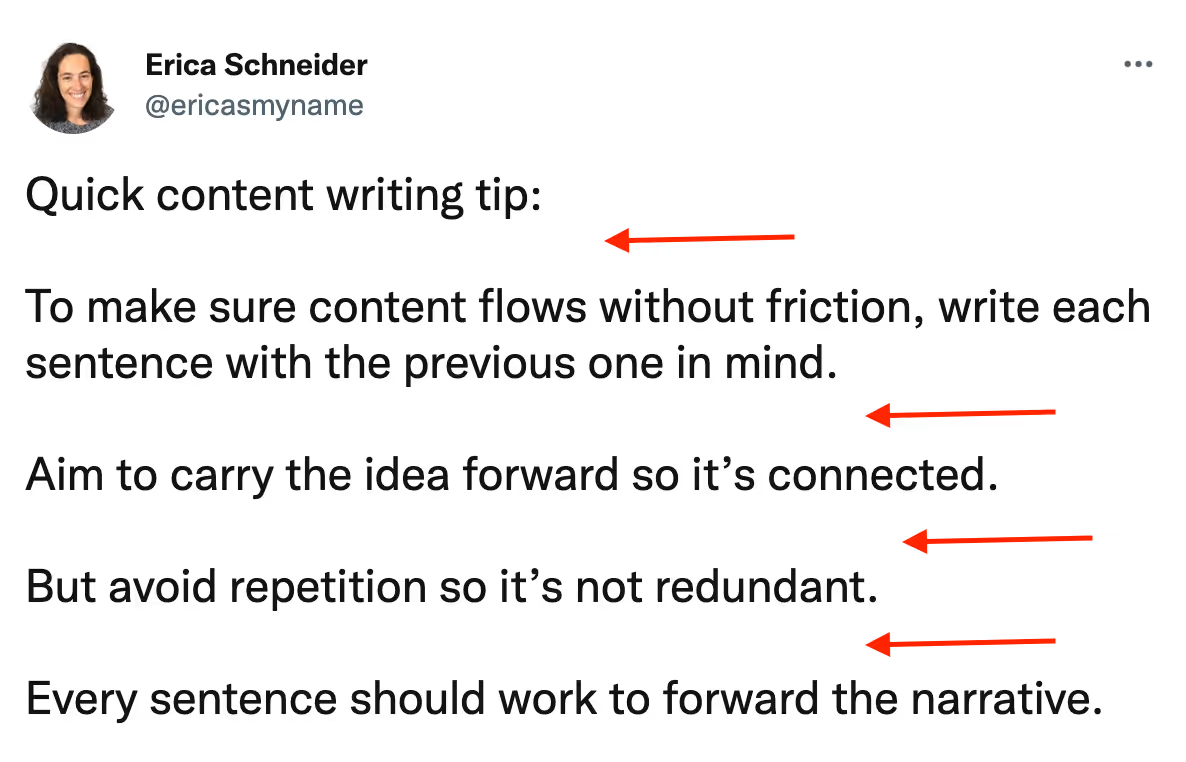
Here’s a meta example of how you could use this format to explain why this advice will help people write stronger Tweets:
- Header: “Answer intent right away”
- Subheader: “This way, the reader understands why what they're about to read matters.”
- Body: “Include data points or personal anecdotes so the reader can picture themselves doing what you’re describing.”
- Takeaway: “Small tweaks like this make a big impact on flow and drive engagement.”
And here’s a simplified version of how we could format a tweet when giving the advice “break up long walls of text”:
- Header: “Break up long walls of text”
- Subheader: “White space helps skimmers and makes content easier to digest & navigate.”
- Body: “Try to limit paragraphs to 2-3 sentences max.”
- Takeaway: “The reading experience matters as much as the words on the page.”
Add your CTA to the final tweet in the thread. Here’s what my thread CTA looked like when I promoted the Quality Content Marketing article referenced above:
This only worked because it was tacked onto original content, formatted for Twitter, and referenced themes discussed in the article.
Here’s the hook I used:
Nothing was copy/pasted. The best-performing repurposed content on Twitter doesn’t feel repurposed—it feels tailored to the unique Twitter experience.
Here’s an example of a body tweet from this thread where I explain what editorial goals are:
Here’s how we talk about editorial goals in the article itself:

Notice how the examples I picked are completely different. In the article, our target audience is marketers that would benefit from seeing what a relevant content goal looks like.
On Twitter, my audience is a mix of content marketers, writers, and editors looking to improve their written communication skills.
I tailored each example to the audience at hand and structured the content to the format at play. It’s not repurposed; it's reimagined.
Interestingly, I chose to include a second hook in this thread:
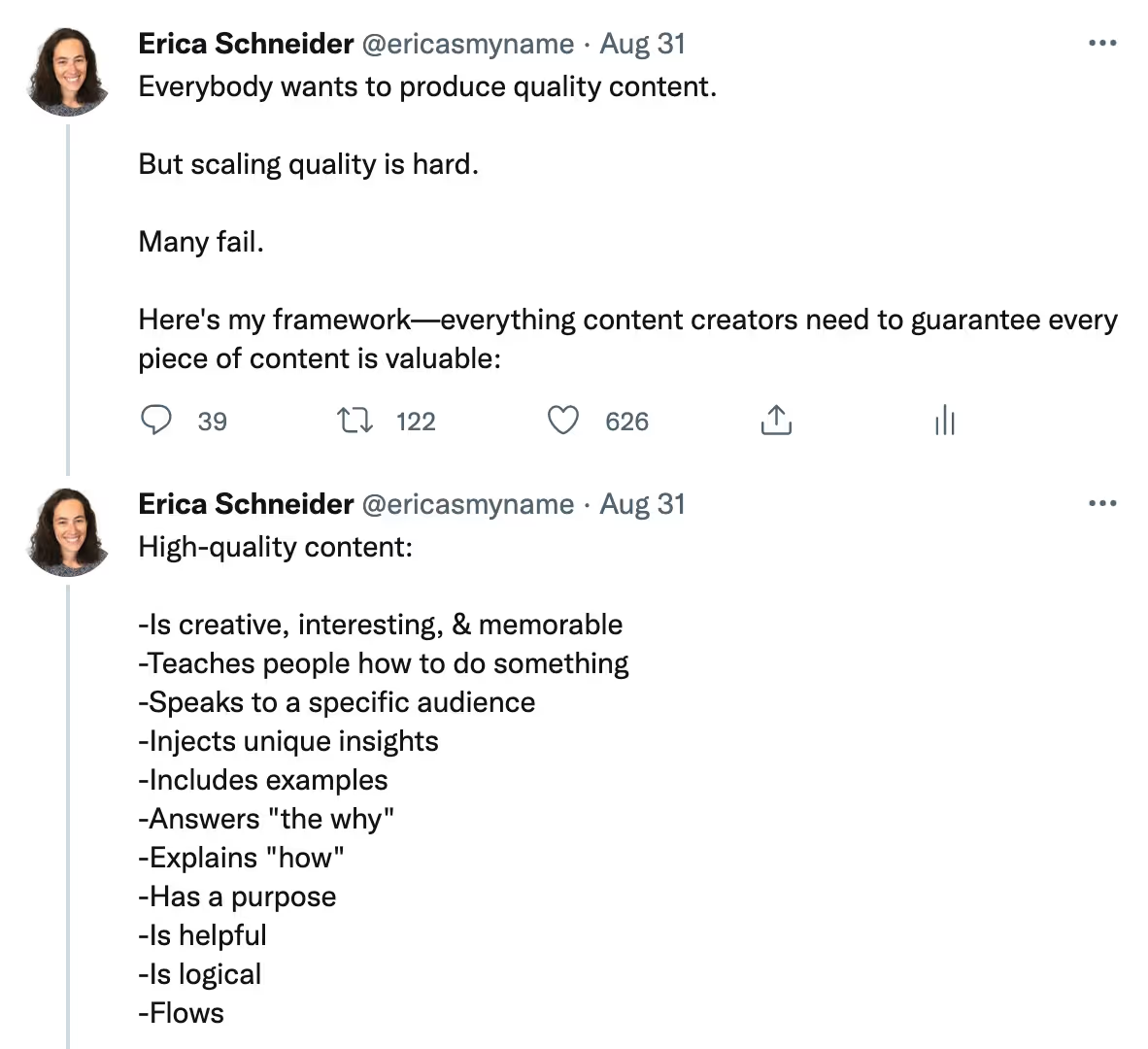
And it got 3x more likes than every other body tweet:

That’s because frontloading value, credibility, and getting ahead of objections works well on Twitter.
In my first hook, I argue that quality content is important but I don’t explain why. To get ahead of objections and prove my point, I used the second tweet to prove:
- I know what I’m talking about
- Here are all the reasons why quality matters
- I’m about to back this up with specifics so keep reading
If the reader wasn’t entirely hooked after reading tweet 1, they certainly are after tweet 2.
This second hook is also a perfect single tweet. Here’s why.
How to write single tweets that drive engagement
The reason why the second hook above performed so well is because it teaches and is uniquely structured for the platform.
Notice how the sentence length cascades from long to short as you read from top to bottom. This is visually engrossing and works to capture attention.
But not every tweet needs to be so obviously structured for the platform.
This quick tip performed well because it poked at a common pain point (everybody wants to make it big, fast), gave advice backed by years of experience, and spoke truth to unrealistic expectations:
Humorous responses to industry trends or new data are also a great way to start a conversation and let your personality shine through:
What B2B marketer hasn’t seen that infographic by now? It’s relatable and makes you want to run to leave a comment.
In general, single tweets give you a chance to demonstrate your personality. They also challenge you to share valuable advice in a short format—which is excellent practice for cutting fluff and redundancy from your writing.
There’s no “perfect” format for single tweets, nor should there be. As long as they’re tailored towards your target audience, you can get creative, share opinions, ask engaging questions, and have a little fun:
The more relatable and resonating, the bigger chance you’ll strengthen existing connections and attract new followers (that may turn into customers one day).
Ignore Twitter and leave relationships on the table
Since joining Twitter we’ve attracted and converted more leads at Grizzle in a shorter period of time than ever before.
All through organic posts and zero targeted outreach.
Posting daily and providing value has shown potential clients that we know how to create quality content.
If you’re sleeping on Twitter or annoyed by how clickbaity and regurgitated content there can feel, you’re ignoring its massive potential. When you mute the noise and focus on your personal and business growth, you build strong relationships that lead to new business opportunities.
Of course, if the idea of doing it yourself is too painful or you don’t have time, you can also work with experts to write social content for you.












